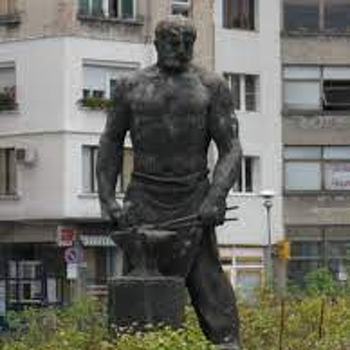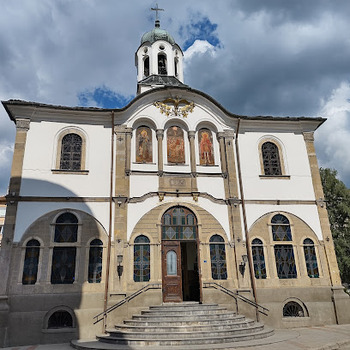Igoto Bridge - Gabrovo
Overview
When Gabrovo was burned by the troops of Kapudan Hussein Pasha in 1798, an unknown chronicler noted the burning of two churches and the survival of several stone buildings, including two bridges. One of them is the Konashki Bridge, built in 1749 and lasted until 1935, when it was replaced with a new one. It is dated by an inscription on a stone slab built into the parapet: "Build this bridge in the summer from the creation of the world 7244, and from the Nativity of Christ 1749". (The slab was taken away during the great flood in 1897.) This makes it the oldest stone bridge in Gabrovo, witnessing historical events and vicissitudes for 186 years. The bridge was built on the strategic road through the Shipka Pass to Thrace. Its location was successfully chosen in one of the narrowings of the Yantra River, at a rocky threshold, passing from the hills to the west (Bajdar) to the east (Kamaka). It was built at a time when Gabrovo is a prosperous craft and trade settlement, growing on the left bank of the river. The name of the bridge is related to its close location to the Turkish konak. Until the 1920s, it occupied the space of today's Square "May 1, 1876", after which it was moved to the foot of Bajdar, where today is the Balkan Hotel. Because of the inscription, it can be assumed that it was built by Bulgarian masters with the funds of the local population. It is built of yellow-green sandstone, with two arches and a chest on a rock rising from the river. The famous local historian Iliya Gabrovski believes that boiling lime and blood were used for the construction. He also offers a legendary option for building the bridge. According to him, the bridge was started by a craftsman from Debar, who failed to cope and refused due to the intervention of evil forces (water devil). The construction was completed by master Damyan from Bratsigovo, after his son and a girl from Gabrovo, who died in an accident in the vortex under the bridge, were built into its foundations. After its construction, a special mascot was placed to protect the passengers passing through it. In appearance, the Konach Bridge does not differ from the bridges on Bulgarian lands during the Renaissance, with the characteristic humping, stone railing, sculpted slab with carved inscription and several arches, according to the banks of the river. They are characteristic of the entire Balkan Peninsula under the rule of the Ottoman Empire, which is why some define them as "Turkish type", but in fact they date back to Roman times. This gives reason to some Revivalists to suggest that these bridges were built before the fall of Bulgaria under Ottoman rule. For a long time, the Konashki Bridge has been perceived as an entrance to Gabrovo by travelers coming from the north, on the left bank of the Yantra River. During the Russo-Turkish War of Liberation (1877-1878) the Russian troops and the Bulgarian volunteers with artillery and convoys passed through it. His first known image is from 1877, a lithograph by the artist August Daugel, representing the passage of Russian troops on the Konash Bridge, which stands out and the old clock tower. It is more popular as an illustration in Felix Kanitz's book: "Danube Bulgaria and the Balkans" (Leipzig, 1882). The same book contains the engraving "The Balkan City of Gabrovo" by H. Keseberg, where the Konash Bridge is presented with a view from its southern side.
Recommended
House of humor and satire; Planetarium; Monument to Racho Kovacha; Gabrovo Zoo; Interactive Museum of Industry; Museum of History; National Museum of Education; Art Gallery; Gradishte Fortress


 Bulgarian
Bulgarian Romanian
Romanian




